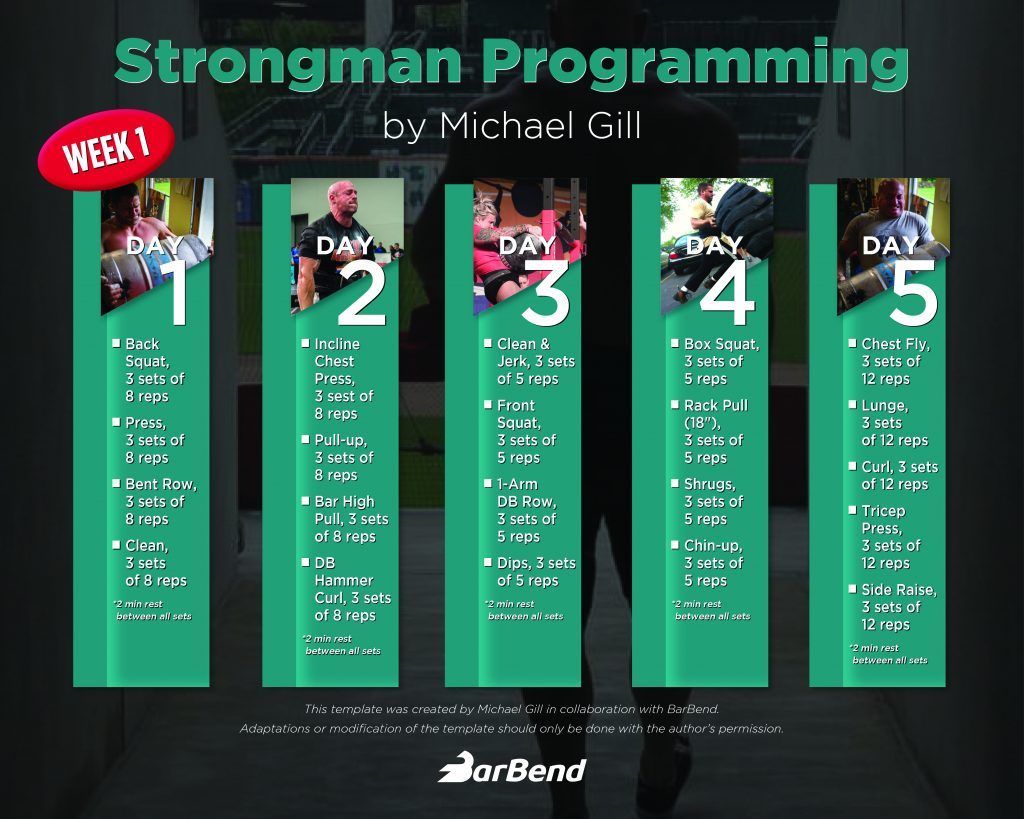In today’s fast-paced world, being functionally strong is crucial to excel in various aspects of life. Whether it’s lifting heavy objects, performing manual labor, or pursuing athletic careers, having a solid foundation of strength is essential. That’s where Strongman training comes into play.
What is Strongman Training?
Strongman training is a discipline that focuses on developing functional strength combining various training methods and techniques. It traces its roots back to ancient times when strength feats were a test of manhood. Today, Strongman competitions showcase individuals pushing their physical limits by performing exercises that mimic real-life scenarios.
The Benefits of Strongman Training
Strongman training offers a multitude of benefits, whether you are an athlete or an average individual looking to improve your overall strength. Here are a few key advantages:
1. Enhanced Functional Strength
Strongman training targets multiple muscle groups simultaneously, improving your ability to lift and carry heavy objects in real-life situations. It develops functional strength, allowing you to handle tasks with ease.
2. Improved Core Stability
Strongman exercises heavily engage the core muscles, leading to enhanced stability and balance. A strong core is vital for performing daily activities and preventing injuries.
3. Increased Mental Toughness
Strongman training pushes your limits, both physically and mentally. The perseverance required to lift heavy loads builds mental toughness, which can translate into various aspects of life.
4. Versatility in Training
Strongman training offers a wide range of exercises, including tire flips, log presses, and farmer’s walks, among others. This variety keeps the workouts engaging, preventing monotony and stagnation.
Designing an Effective Strongman Training Program
A well-structured Strongman training program is key to achieving optimal results. Here’s a sample program that emphasizes overall strength development:
1. Foundation Phase (4-6 Weeks)
The foundation phase focuses on building strength and endurance. Incorporate exercises like heavy deadlifts, squats, overhead presses, and yoke carries. Perform four to five sets of six to eight repetitions for each exercise, progressively increasing the weights.
2. Event Training Phase (4-6 Weeks)
This phase concentrates on specific event training. Incorporate exercises like tire flips, stone carries, and farmer’s walks. Perform four to five sets of 30-60 seconds of work at maximum effort, resting adequately between sets.
3. Competition Prep Phase (2-4 Weeks)
In this phase, simulate competition conditions by combining strength and endurance. Add medleys, Atlas stone lifts, and truck pulls to your routine. Perform four to five sets of four to six repetitions at high intensity.
4. Deload and Recovery (1-2 Weeks)
Allow your body to recover during this period. Perform light activities, stretching, and mobility exercises to promote recovery and prevent injuries.
Conclusion
Strongman training provides a robust framework to develop functional strength, core stability, mental toughness, and versatility. By incorporating a well-designed Strongman training program into your routine, you can unlock your full physical potential, enhancing your performance both in daily activities and athletic endeavors.
